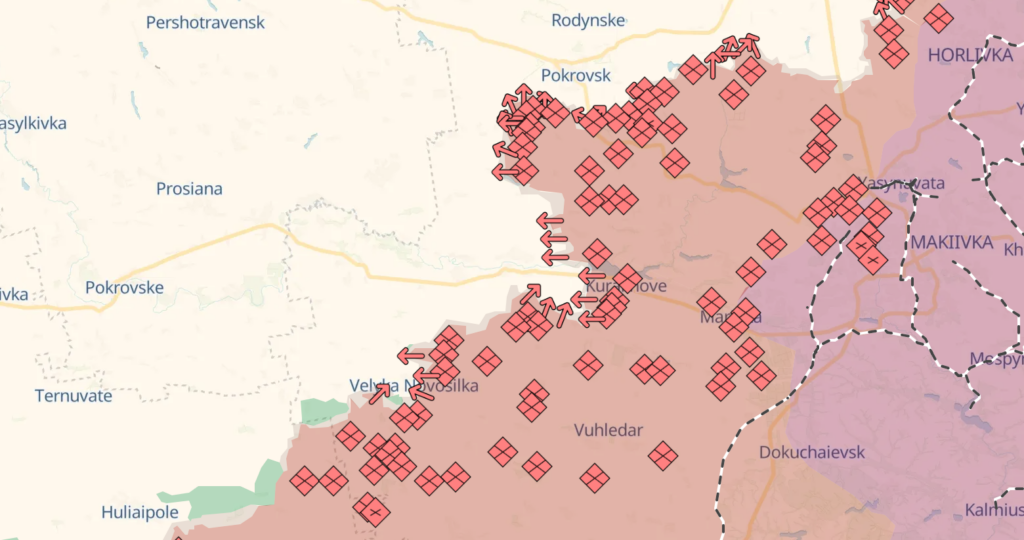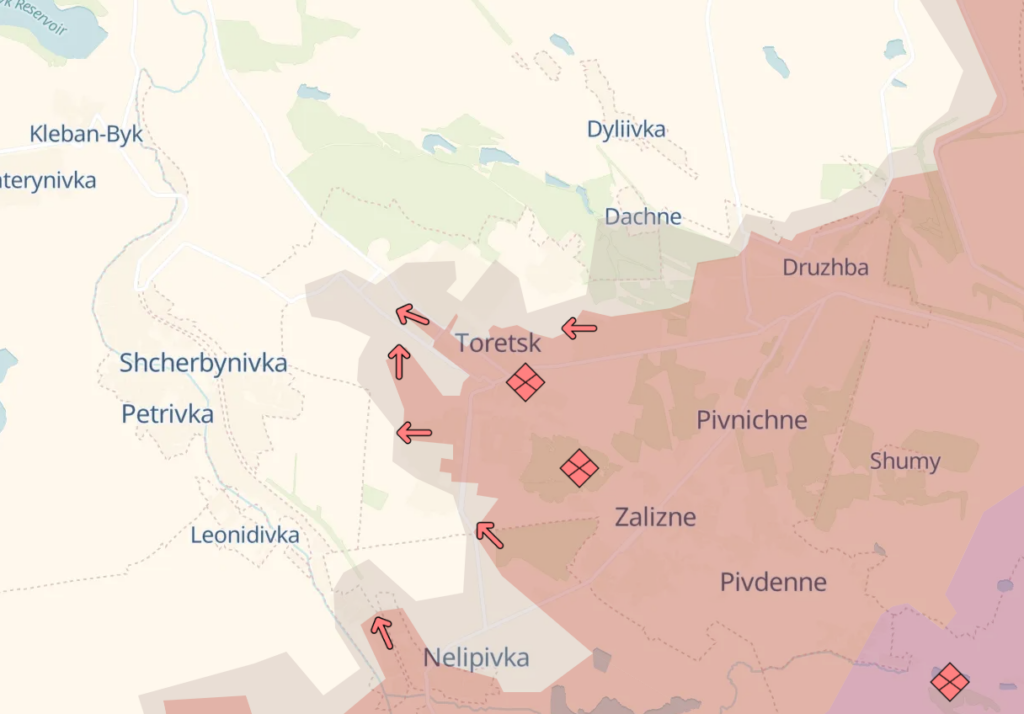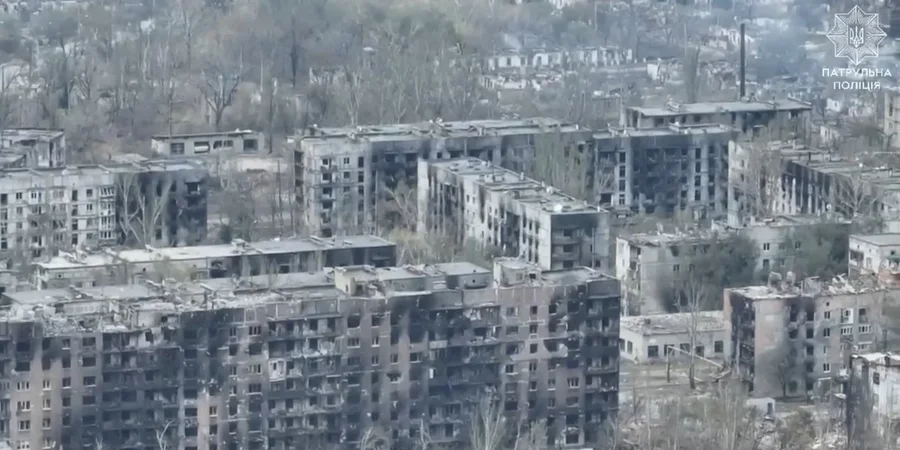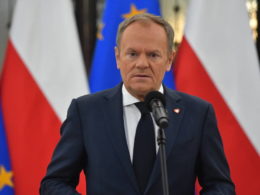Military analysts from the DeepState project report Russian territorial gains in Donetsk Oblast. The troops have pushed forward in several key locations, including Toretsк, Pyshchane, Vozdvyzhentsi, Baranivka, and Kurakhove.

Kurakhove
Kurakhove, a city in Donetsk Oblast, has been a focal point of intense military activity. Russian forces have launched assaults from multiple directions, aiming to capture the H15 Zaporizhzhia-Donetsk highway, a critical logistical route for Ukrainian forces. The destruction of the Kurakhove reservoir dam on 11 November 2024 led to flooding in villages along the Vovcha River, which may have been a deliberate tactic to facilitate Russian encirclement efforts.
The city's fall represents
a significant strategic gain, potentially allowing Russian troops to advance further into Ukrainian-held territories.

Toretsk
Toretsk, another key city in Donetsk Oblast, has experienced fierce urban combat. Russian forces entered the eastern part of the city in early October 2024, leading to intense street battles. The situation remained fluid, with control over specific areas frequently changing hands.
By December 2024, urban battles continued in Toretsk, with Russian forces making incremental advances. The ongoing battles has resulted in significant destruction and a humanitarian crisis for the remaining civilian population.
The capture of Toretsk is strategically important, as it would allow Russian forces to push towards Kostiantynivka and potentially encircle other key settlements, disrupting Ukrainian supply lines and fortifications. The city itself has been heavily damaged due to intense artillery bombardments.
The situation in Toretsk is part of a broader push in the Pokrovskyi region, which the Ukrainian General Staff has described as one of the most intense battlefronts in Donetsk Oblast.
Recent battlefield developments
Despite these gains, Ukrainian forces have managed to repel several Russian assaults, including a mechanized assault by Russian forces in Kursk Oblast.
In addition to territorial progress, Russia has been deploying fiber-optic drones that are resistant to electronic warfare and signal jamming, marking a technological shift in drone warfare. These drones are slower and less maneuverable than traditional FPV (first-person view) drones, making them vulnerable to small-arms fire. Although Russia was the first to deploy fiber-optic drones successfully, Ukraine is now fielding similar technology, albeit later and on a smaller scale.
Ukrainian Armed Forces Commander Oleksandr Syrskyi described the Russian offensive as "meat assaults" that have come at a tremendous cost in human lives. Despite the advances, Ukrainian forces continue to resist and maintain control in many areas.
On 1 January, the area near Novovasylivka saw chaotic fighting, with both Russian and Ukrainian forces present throughout the settlement.
The Institute for the Study of War noted that Russian forces have made particular progress in the northwest of Toretsк, reaching administrative city boundaries after weeks of intense operations. The Russian Ministry of Defense has claimed full control of Kurakhove, but Ukrainian forces in the Khortytsia operational group continue to report ongoing urban combat.
Related:
- Russia occupies Kasnohorivka, Donetsk Oblast – DeepState
- North Korean officers killed in missile strike in Donetsk Oblast, Ukrainian intel sources say
- Vuhledar’s fall likely imminent as Russian forces approach city center
- Frontline report: Russian offensive in Toretsk stalls as Ukraine regains initiative
- UK intel: Russian forces increasing pressure on Vuhledar by implementing multi-pronged assault tactics
- ISW: Ukrainian, Russian forces make marginal gains near Toretsk, Russians capture village near Pokrovsk




